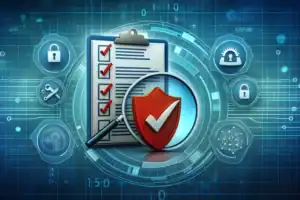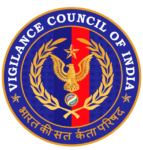Introduction:
In today’s digital landscape, protecting sensitive information and data has become paramount. Cyberattacks are on the rise, and traditional password-based authentication is no longer enough to ensure robust security. As a result, many organizations are turning to Multi-Factor Authentication (MFA) as an effective means of bolstering their security measures. This blog will explore the benefits of using MFA and how verification companies are integrating various verification methods to create more secure authentication processes
- Understanding Multi-Factor Authentication (MFA):
The blog will start by explaining what MFA is and how it differs from single-factor authentication. It will highlight the concept of using multiple verification layers to authenticate users, which typically includes something they know (password), something they have (mobile device or token), and something they are (biometrics). This section will emphasize the importance of diversifying the authentication process to prevent unauthorized access.
- Strengthening Security with MFA:
In this section, the blog will delve deeper into the advantages of implementing MFA. It will discuss how MFA significantly reduces the risk of security breaches, data theft, and unauthorized access. The use of multiple factors makes it exponentially more challenging for attackers to bypass the authentication process, enhancing overall security for businesses and individuals.
- The Role of Verification Companies:
The blog will then shift its focus to verification companies and their crucial role in implementing MFA. It will explain how these companies specialize in creating and integrating various verification methods into authentication systems. They work to develop customized MFA solutions based on the specific needs of their clients, providing a higher level of security tailored to individual businesses and industries.
- Integrating Various Verification Methods:
This section will explore the different verification methods used in MFA and how verification companies are combining them to create robust authentication processes. It will cover technologies such as one-time passwords (OTP), biometric authentication (fingerprint, facial recognition, etc.), smart cards, and hardware tokens. The blog will explain how these methods complement each other to create a multi-layered defense against potential threats.
- Usability and User Experience:
While security is paramount, user experience is equally important. The blog will discuss how verification companies are working to strike the right balance between security and convenience. It will touch upon the importance of seamless user experiences that do not compromise security, ensuring that MFA is user-friendly and easily adaptable for employees and customers alike.
- Adapting to Evolving Threats:
The digital landscape is constantly evolving, with new threats emerging regularly. This section will explore how verification companies stay ahead of these threats by continually innovating and updating their MFA solutions. It will discuss the importance of proactive security measures and how verification companies collaborate with their clients to adapt to new challenges effectively.
Conclusion:
In the conclusion, the blog will reiterate the significance of Multi-Factor Authentication in today’s cybersecurity landscape. It will emphasize how verification companies play a pivotal role in developing and implementing MFA solutions that strengthen security while maintaining usability. By leveraging a multi-layered approach to authentication, businesses can better protect their sensitive information and safeguard their digital assets against potential threats.










